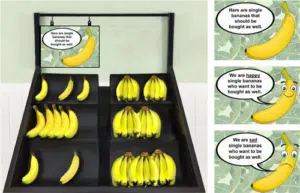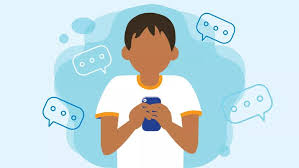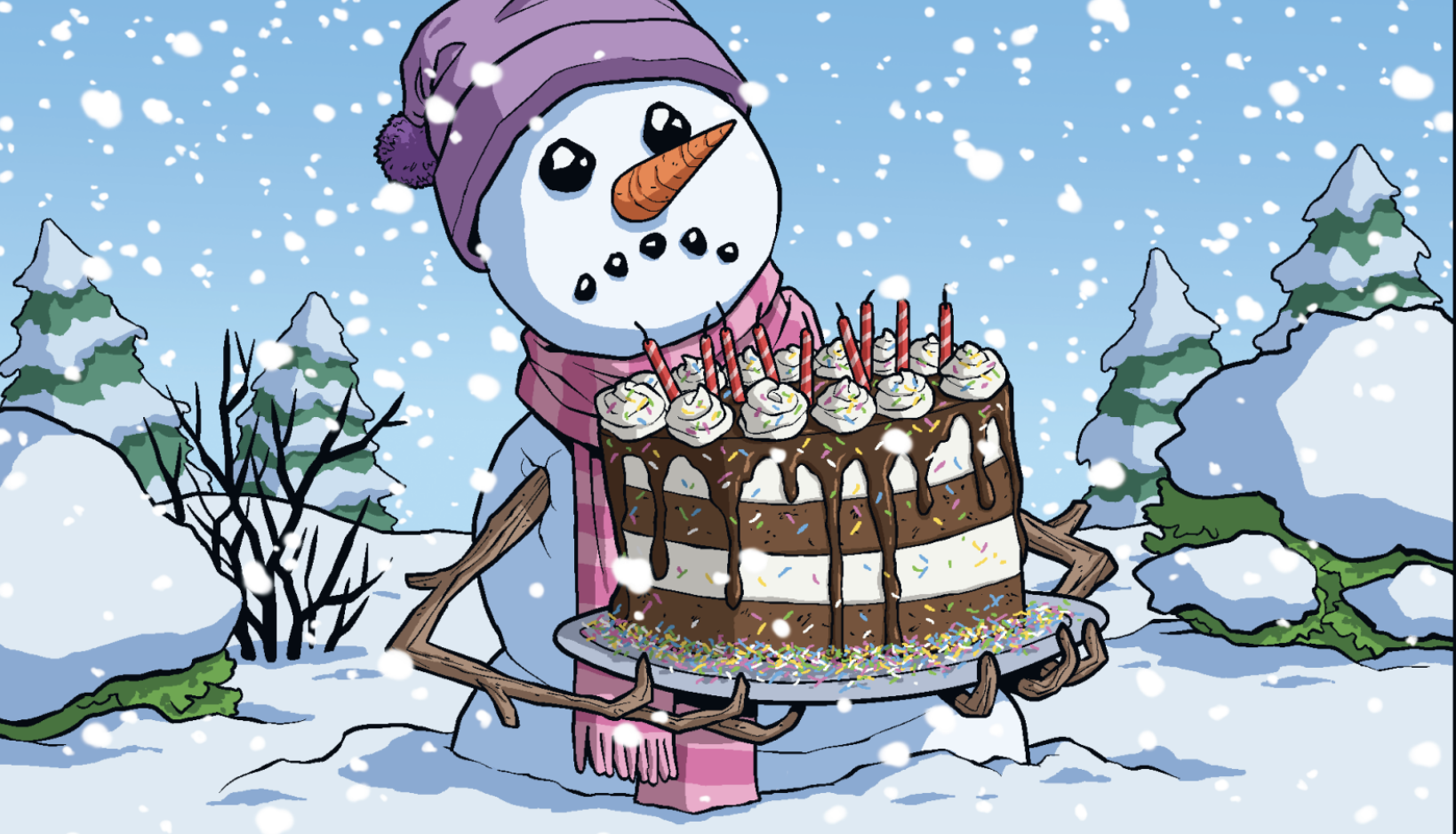Bananas are sold in bunches, but when a banana falls off the bunch before it hits grocery store shelves, the grocer has a problem:
People don’t like buying single bananas when there are perfectly good bunches beside them.
The result is a lot of wasted bananas and lost profits.
But good news!
These lonely bananas have the potential to find a good home with the right messaging.
Researchers made three different signs to hang up above crates of single bananas:
- One was a picture of a sad banana saying, “We are sad single bananas who want to be bought as well.”
- One was a picture of a happy banana saying, “We are happy single bananas who want to be bought as well.”
- A third sign read, “Here are single bananas that want to be bought as well.”
The results?
Shoppers were far more likely to buy a single banana when the image of the sad banana was used.
Of course, as a storyteller and someone who works with companies every day to increase sales, improve messaging, and motivate consumers, I could’ve easily predicted the results of this experiment.
The sad banana sign — unlike the other two signs — is a story containing stakes:
A lonely, depressed banana in need of a home. Tears in its eyes. Yearning for a place of its own.
It’s a story as old as time.
It also emotionally connects with consumers who understand the pain and grief associated with loneliness and exclusion. The sad face makes that connection possible, whereas a happy-faced banana saying the same thing lacks the inherent need for concern or empathy.
In some ways, the happy banana claiming to be “a happy single” is incongruous, illogical, and maybe even monstrous — the serial killer of bananas.
Even using the word “who” instead of “that” in the text helps to personify the banana. The sign could just as easily have read:
“We are sad single bananas that also want to be bought.”
But switch “that” to “who,” and it converts an object to something with a soul.
We use “that” to speak about things. We see “who” to speak about living, sentient beings.
This is the beauty of storytelling:
A few simple words — chosen well and attached to a simple image — can reduce waste, increase profits, and find a happy home for a wayward piece of fruit.
All at almost no cost to the grocer.









